Flower Pot Drawing can be a delightful and creative endeavor, allowing artists to capture the beauty of nature in a simple yet charming composition. Begin by sketching the basic outline of the pot, ensuring its proportions are visually appealing. The pot’s contours can vary, from traditional terracotta to more modern or ornate designs
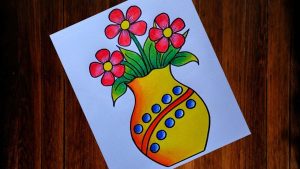
A Guide to Flower Pot Drawing
Drawing a flower pot is a great way to get started with drawing still life. It’s a simple object with interesting shapes and textures, and it can be dressed up with flowers, leaves, and other details to make it your own.
Here’s a basic guide to get you started:
Materials:
- Pencil
- Eraser
- Drawing paper
- Colored pencils, crayons, or markers (optional)
Steps:
- Start with basic shapes. Begin by lightly sketching the basic shapes of the flower pot. A typical flower pot is cylindrical, so you can start with a circle for the top and another circle for the bottom. Then, connect the circles with straight lines to form the sides.
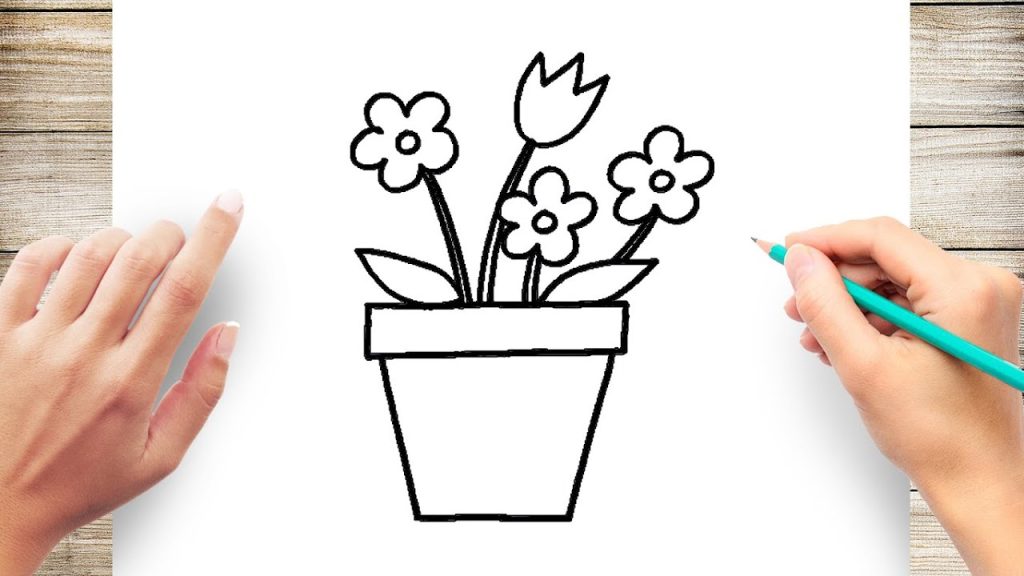
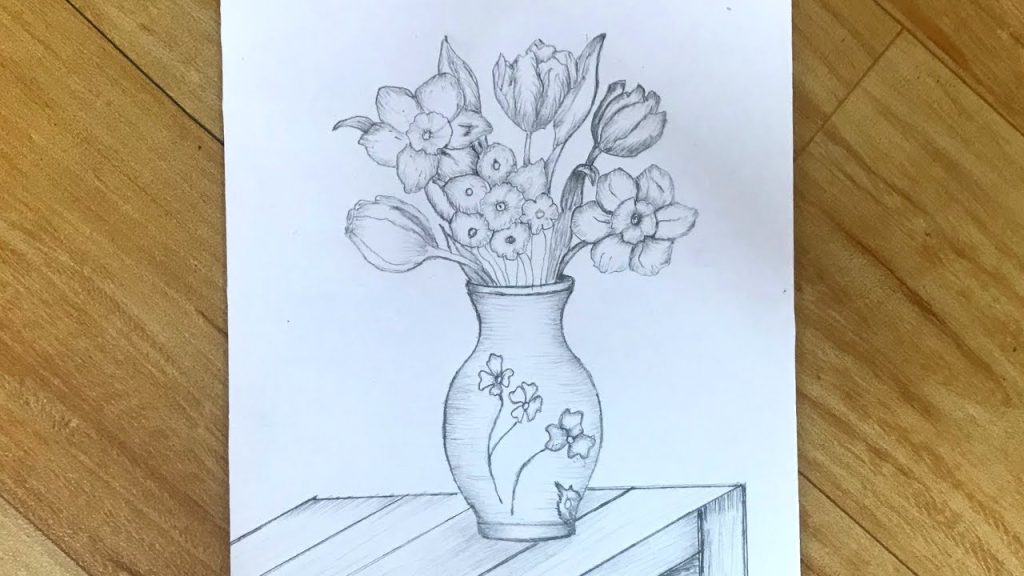
Mastering the Basics of Flower Pot Drawing
Flower Pot Drawing pot is a fantastic way to hone your still life drawing skills. It’s a simple object with intriguing shapes and textures, and you can customize it with flowers, leaves, and other details to express your creativity.
Here’s a comprehensive guide to help you master the basics of flower pot drawing:
Materials:
- Pencil: A versatile HB pencil is a great starting point. You can use softer pencils (e.g., 2B) for darker shades and harder pencils (e.g., 2H) for lighter tones.
- Eraser: A kneaded eraser allows for precise removal of unwanted marks.
- Drawing paper: Use smooth, textured paper specifically designed for drawing for optimal results.
- Colored pencils, crayons, or markers (optional): These can add vibrancy and personality to your artwork.
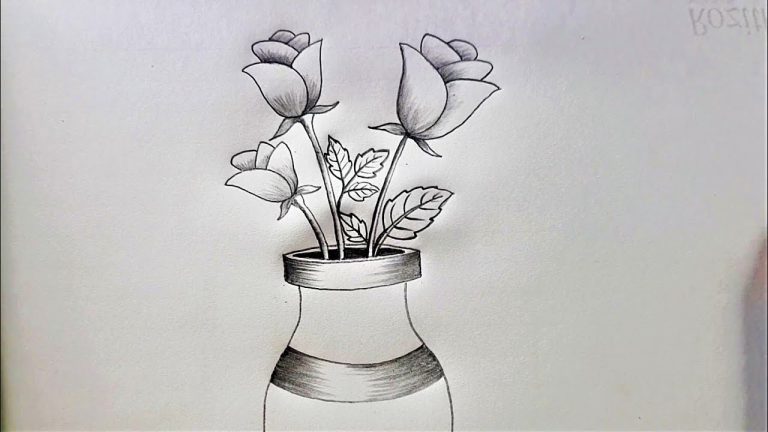
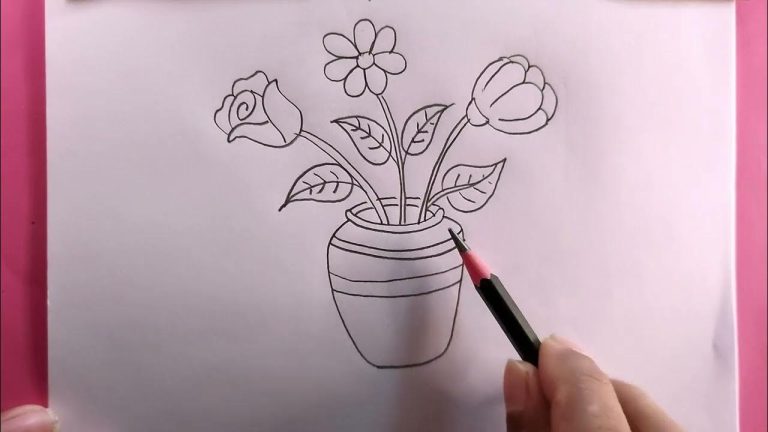
Flower Pot Drawing for Beginners
Let’s dive into the delightful world of drawing with a simple yet charming subject: Flower Pot Drawing! This guide will walk you through the steps, making it perfect for even absolute beginners.
Gather your materials:
- Pencil (HB is a good starting point)
- Eraser
- Drawing paper
- Colored pencils (optional, for adding flourish)
Steps:
- Start with the base: Draw a light circle near the bottom of your paper. This will be the base of your flower pot.
- Shape the sides: Above the circle, draw two curved lines gently inwards, then outwards to form the body of the pot. Imagine a slightly squished cylinder.
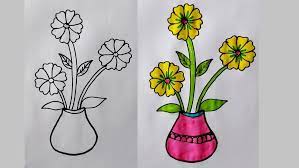

A Step-by-Step Flower Pot Drawing
Drawing a flower pot is a wonderful way to practice basic shapes, shading, and textures, making it a perfect project for artists of all levels. Let’s dive into a step-by-step guide that will help you bring a charming flower pot to life on paper:
Gather your materials:
- Pencil (HB is a good starting point)
- Eraser
- Drawing paper
- Colored pencils (optional, for adding flourish)
Steps:
- Start with the base: Draw a light circle near the bottom of your paper. This will be the base of your flower pot.
- Shape the sides: Above the circle, draw two curved lines gently inwards, then outwards to form the body of the pot. Imagine a slightly squished cylinder.
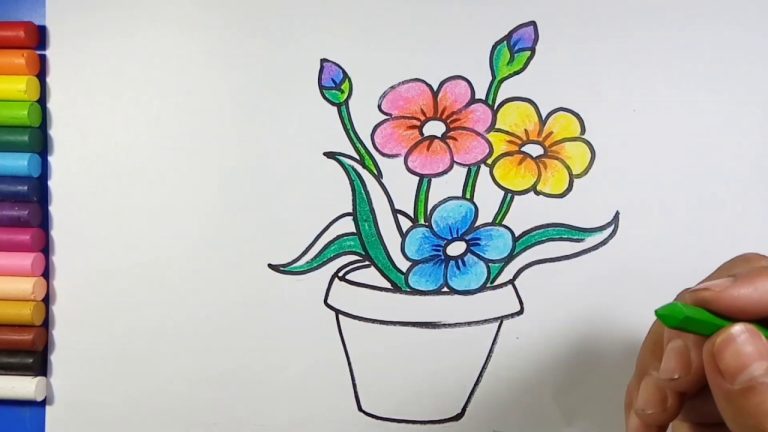
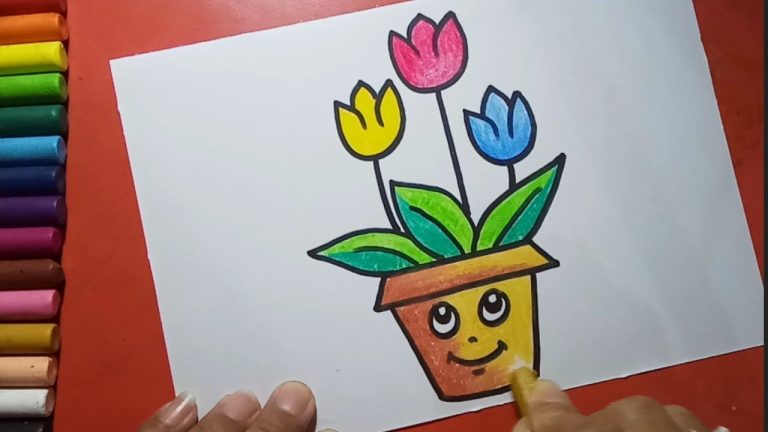
Flower Pot Drawing Techniques
There are many different techniques you can use to draw a flower pot, depending on the desired level of detail and realism. Here are a few popular methods:
- Basic shapes: This is a great technique for beginners. Start by drawing simple shapes, such as a circle for the base and a cylinder for the body of the pot. Then, add details like drainage holes, rim, and any patterns or textures.
- Contour drawing: This technique involves drawing the outlines of the flower pot without lifting your pencil from the paper. This can help to capture the overall form of the pot and create a sense of movement.
- Cross-hatching: This technique is used to create shading and depth. To cross-hatch, draw lines in two different directions that overlap each other. You can vary the density of the lines to create different shades of gray.
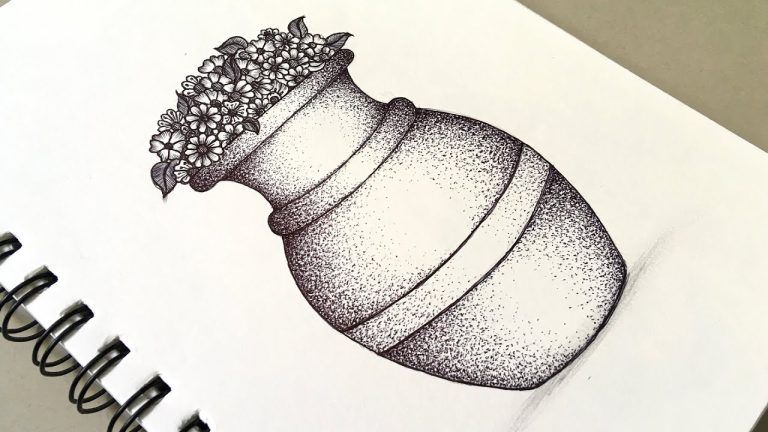
Frequently Asked Questions (FAQs)
To draw a flower pot, you can use basic drawing materials like pencils, erasers, and paper. If you want to add color, consider using colored pencils, markers, or watercolors.
Begin by sketching the basic shape of the pot. Pay attention to proportions and details. Once the pot is outlined, add the flowers by drawing their individual petals and leaves. Consider the type of flowers you want to depict.
Absolutely! Drawing a flower pot can be a great starting point for beginners. Start with simple shapes and gradually add details. Practice will help improve your skills over time.




















